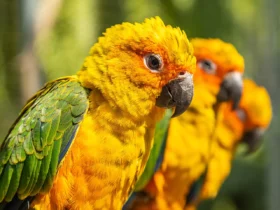In the bucolic landscapes of many regions around the world, a vibrant and regal bird reigns supreme—the Common Pheasant (Phasianus colchicus). Adorned with stunning plumage and boasting a captivating presence, this avian beauty has captured the imagination of nature enthusiasts, hunters, and artists alike. Join us as we delve into the fascinating world of the Common Pheasant, exploring its origins, characteristics, and cultural significance.
Common Pheasant images
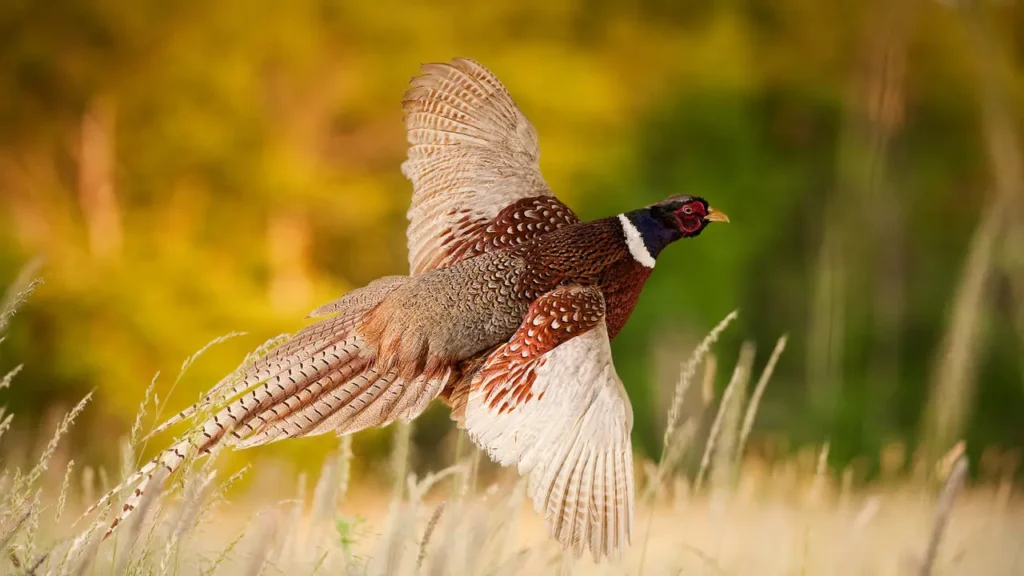
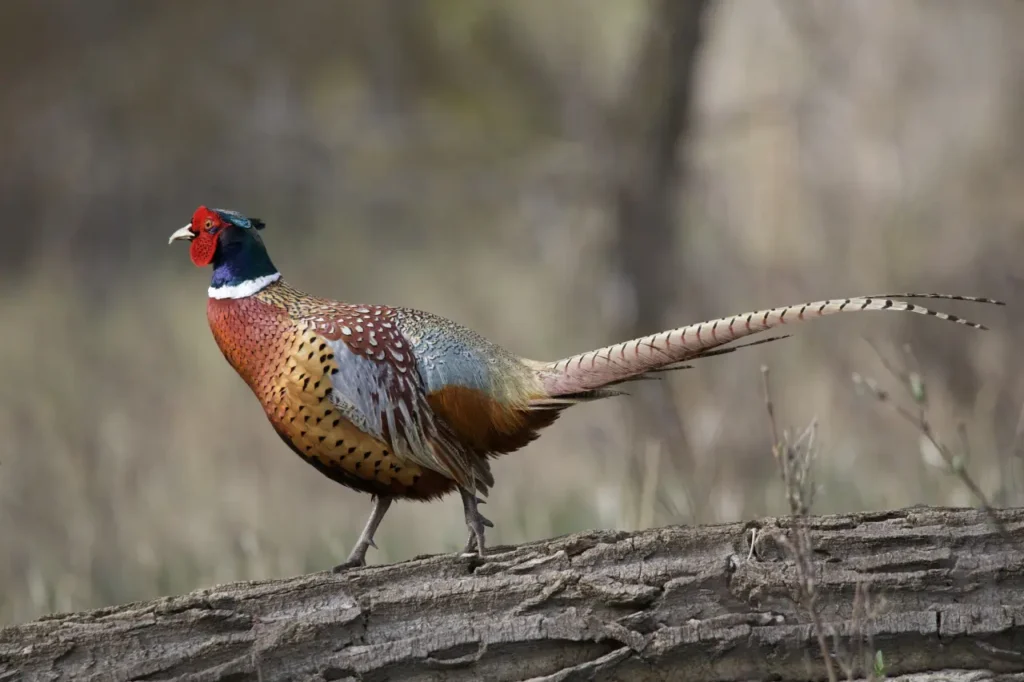
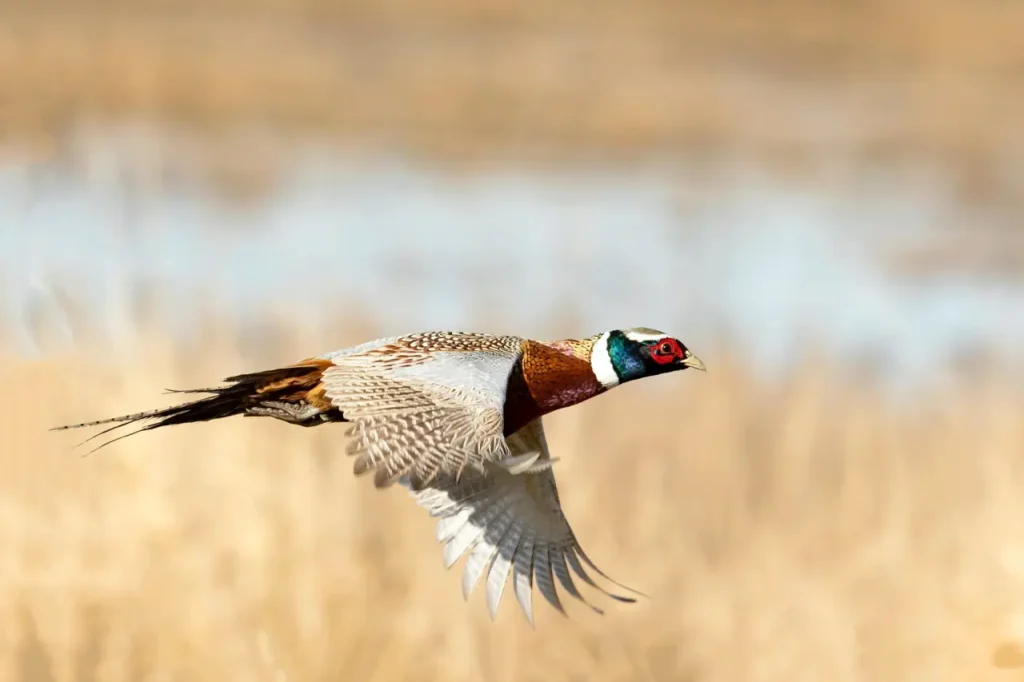
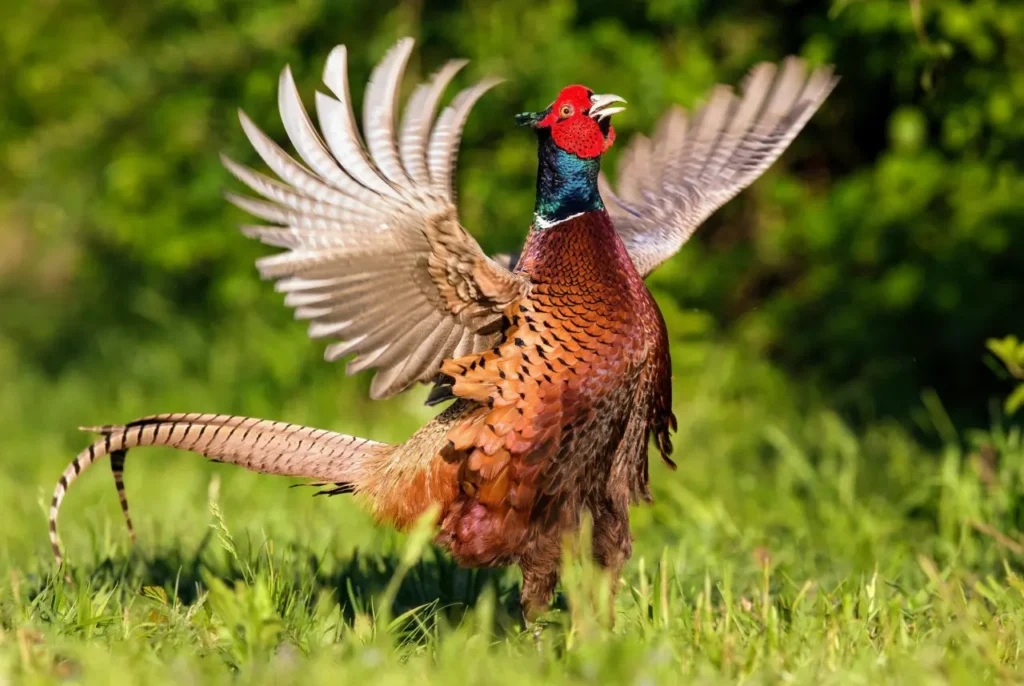
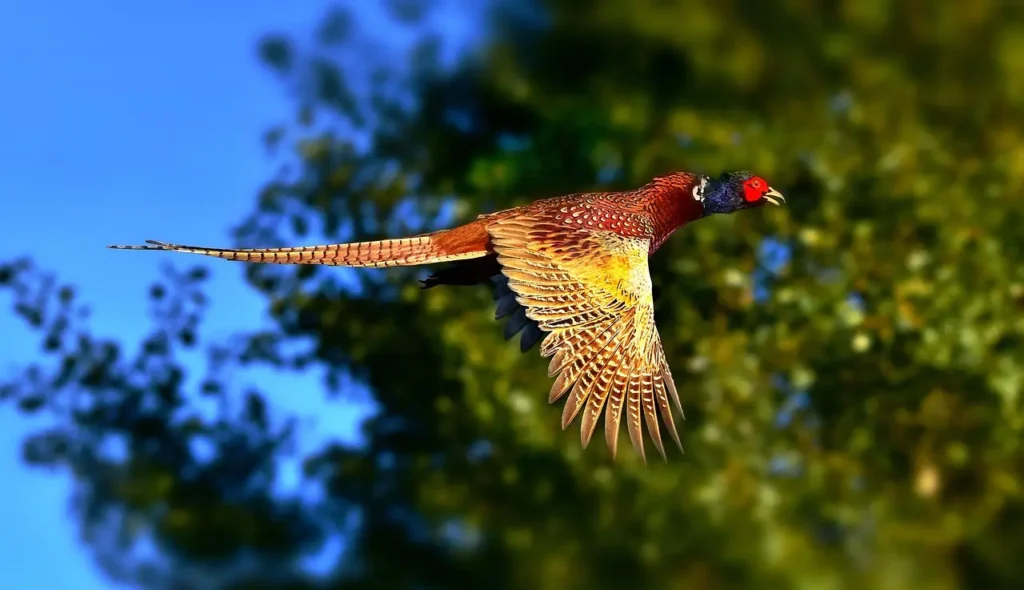
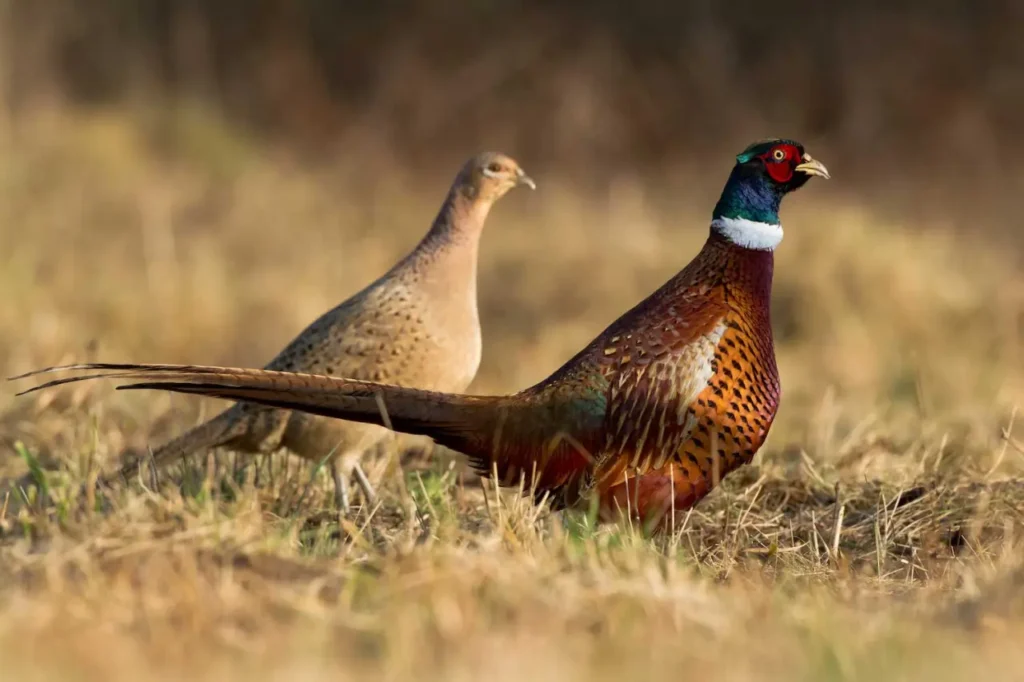
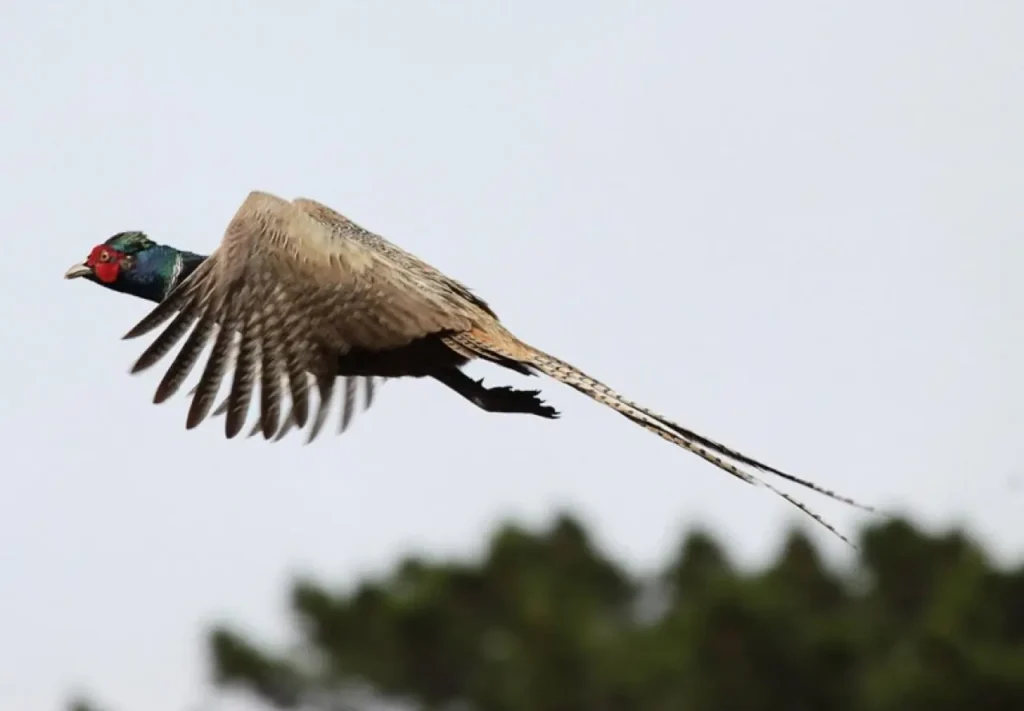
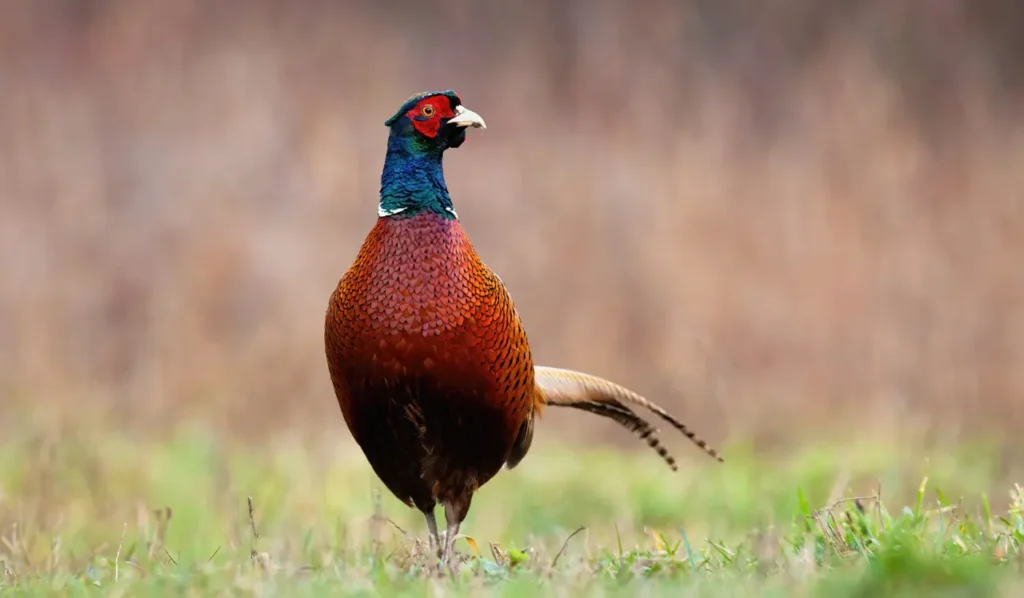
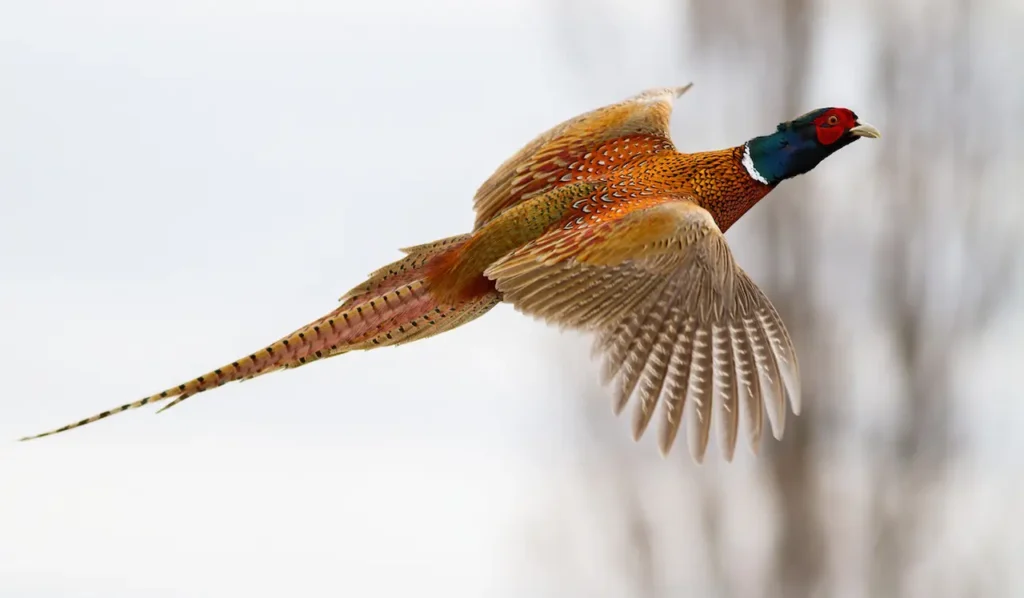
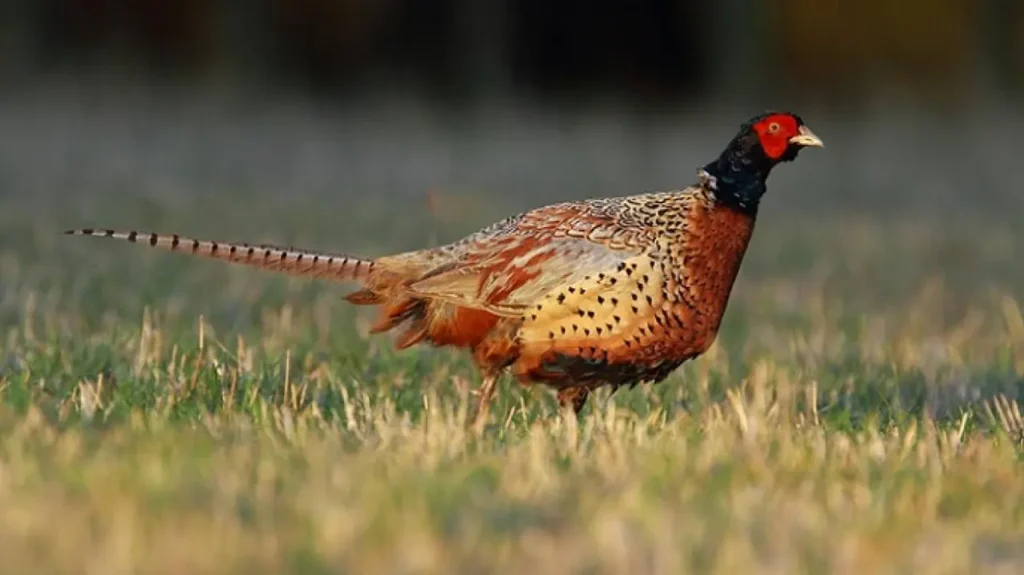
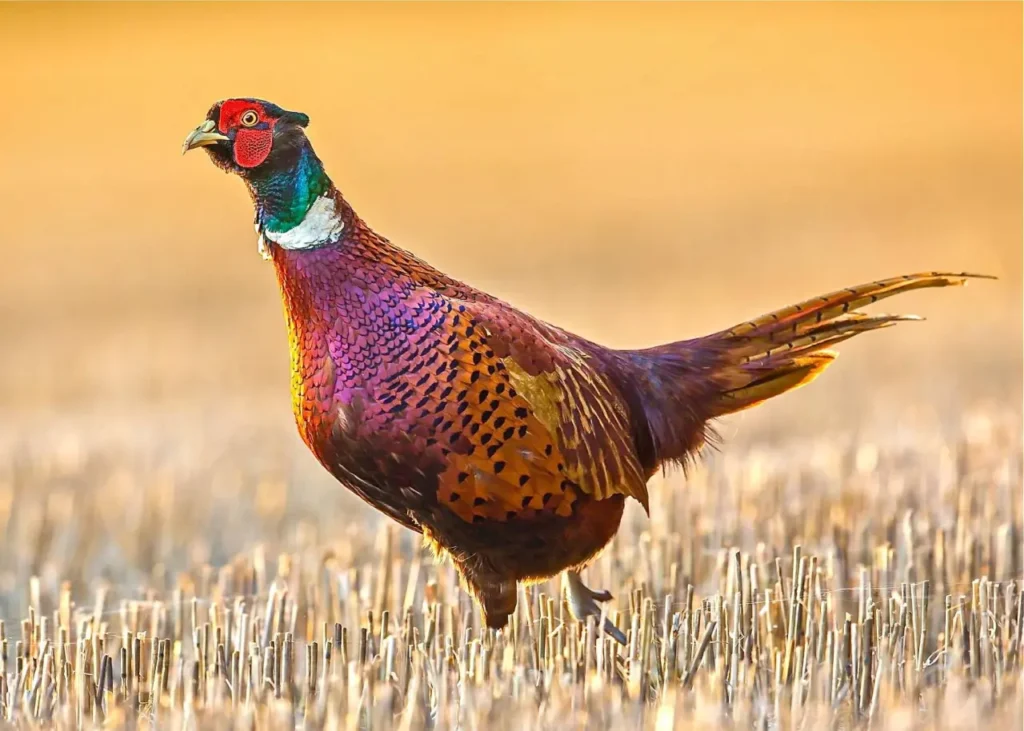

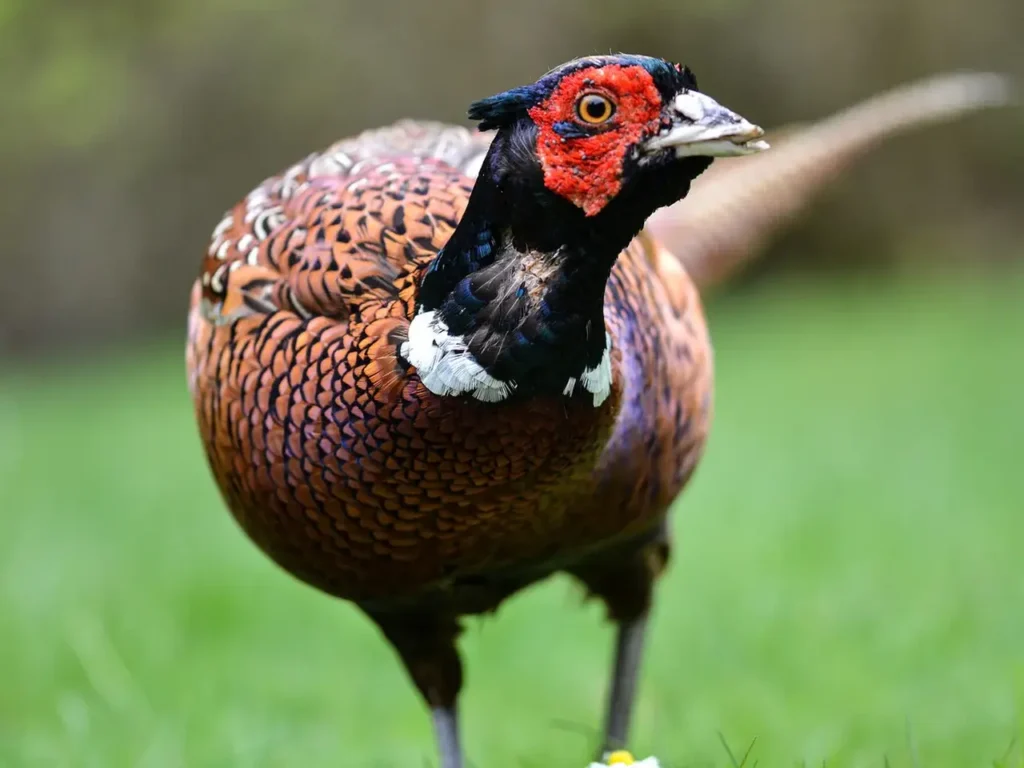
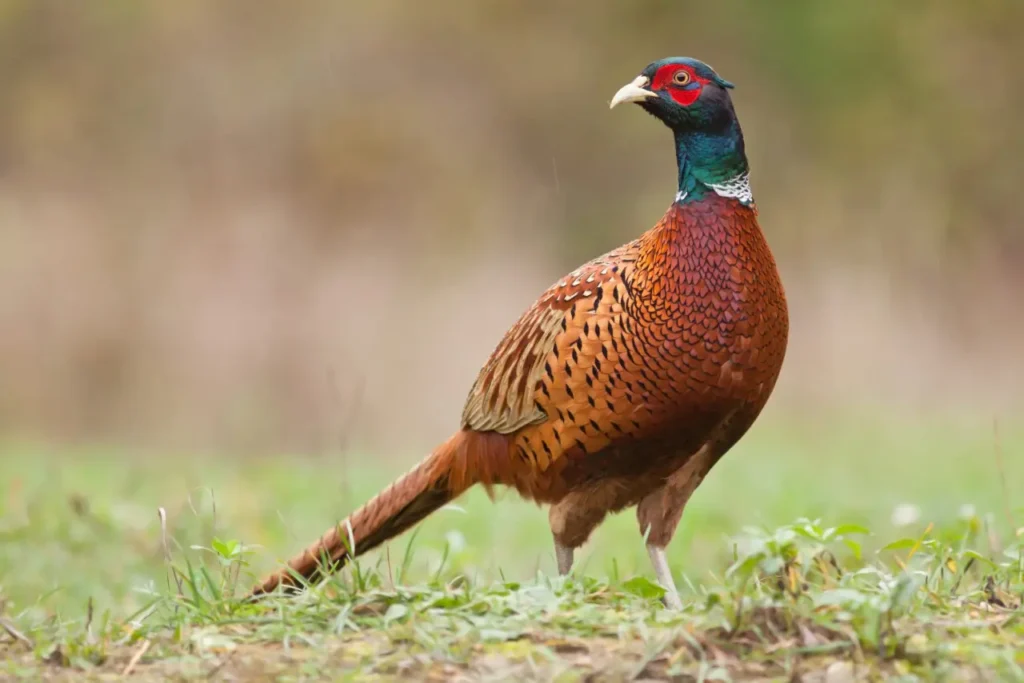
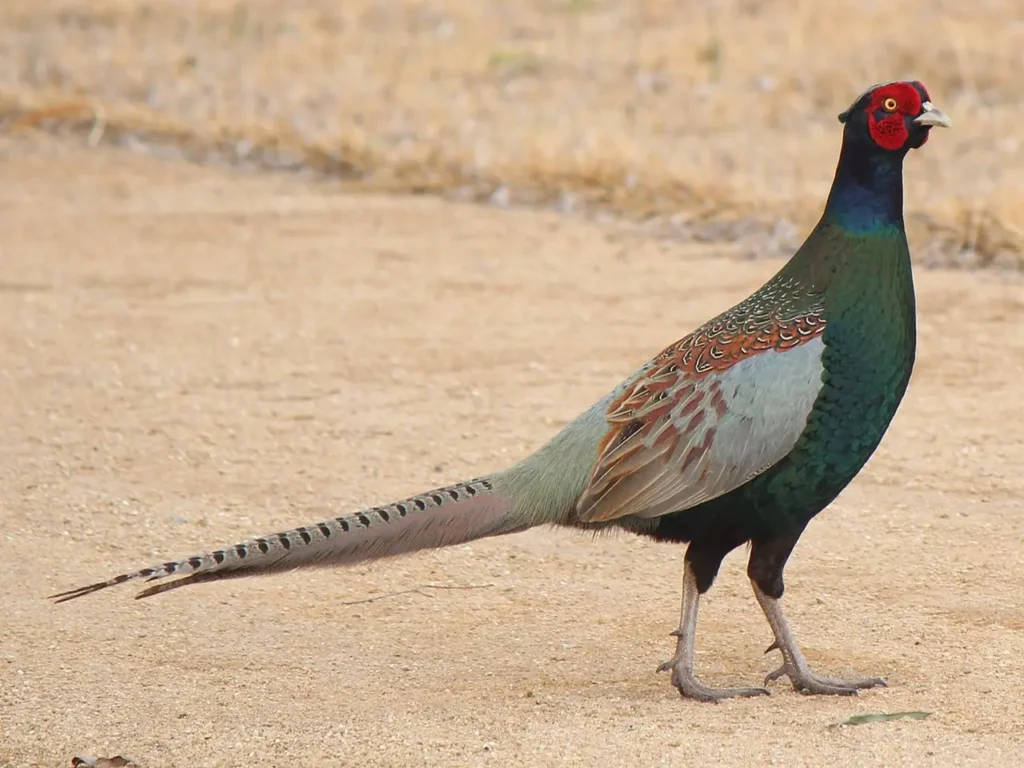

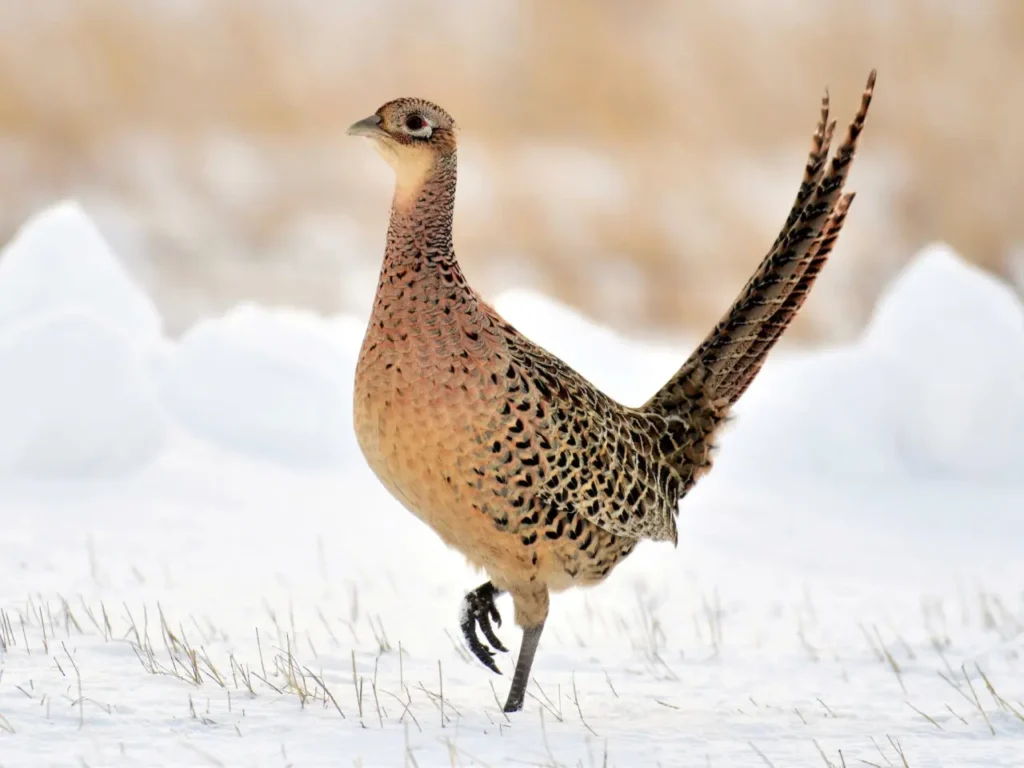
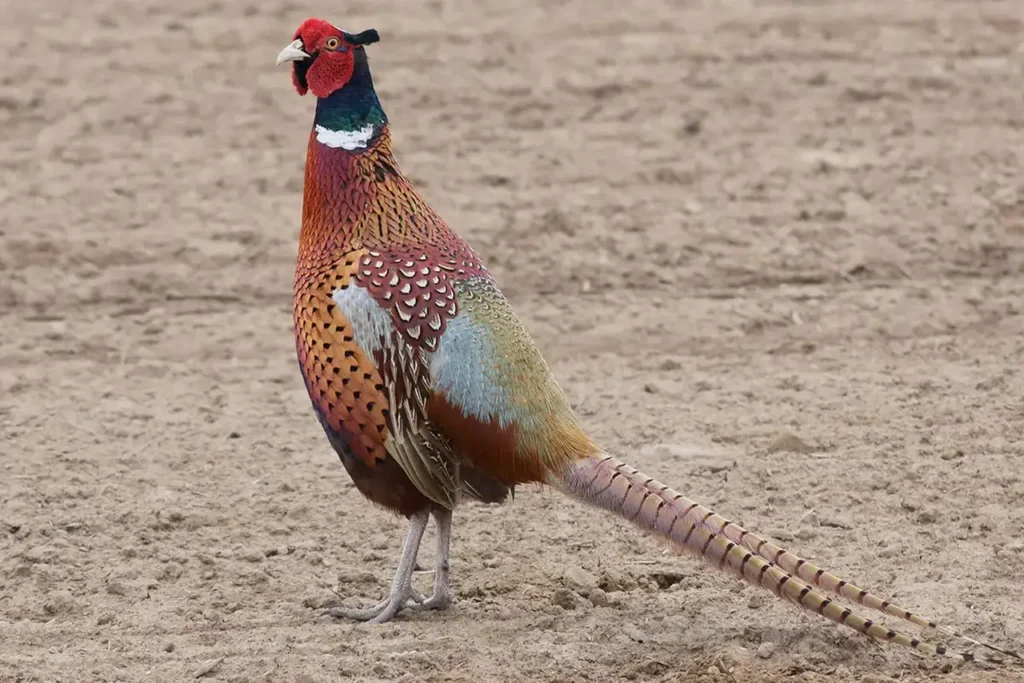
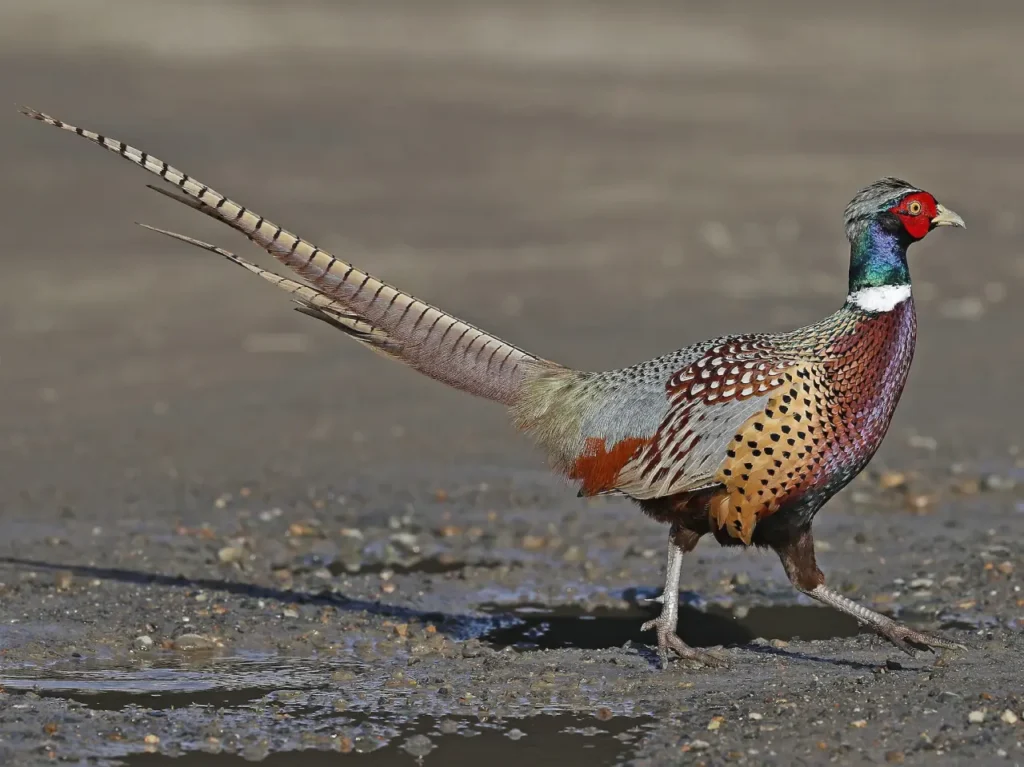
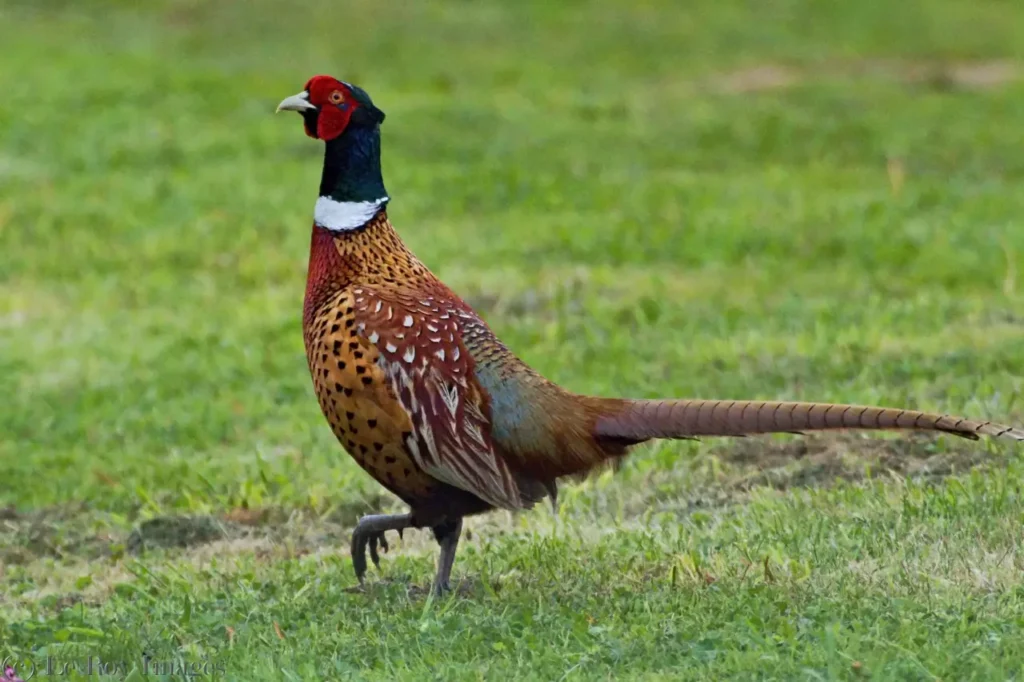
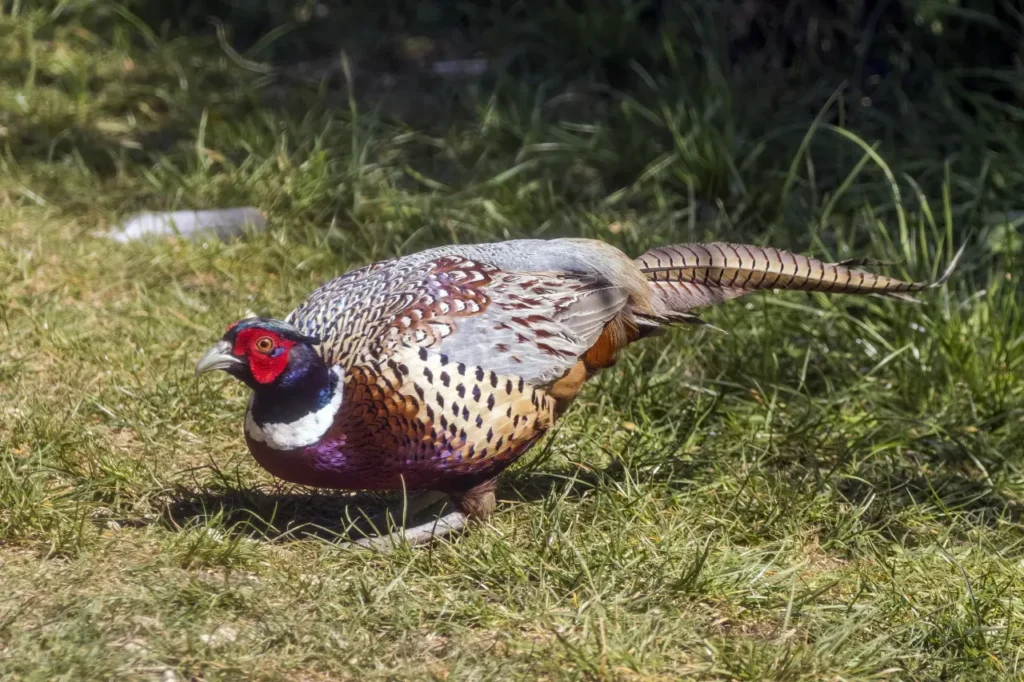
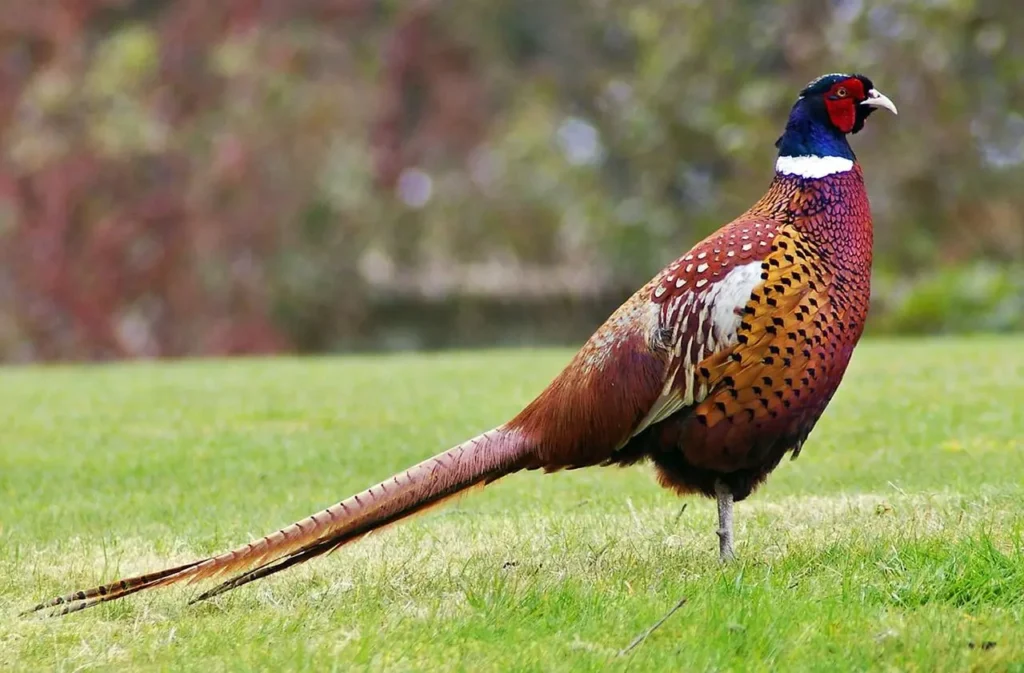
Appearance and Habitat
The Common Pheasant is a large, ground-dwelling bird known for its splendid and eye-catching feathers. The male pheasant, known as the cock or rooster, sports a distinctive combination of iridescent copper, gold, and green feathers on its body, along with a long, sweeping tail that adds to its majestic allure. In contrast, the female, or hen, has more subdued plumage with mottled browns and grays, providing excellent camouflage to protect her and her chicks from predators.
Originally native to Asia, the Common Pheasant has been widely introduced to other parts of the world, including Europe, North America, and New Zealand. It adapts well to a range of habitats, including woodlands, grasslands, and agricultural fields. Pheasants thrive in areas that provide a mix of cover for protection and open spaces for foraging.
Behavior and Diet
Common Pheasants are primarily ground-dwelling birds but are capable of short, powerful flights. They spend their days foraging for food on the ground, using their sharp beaks to probe the soil for seeds, grains, insects, and various plant matter. Pheasants are known to exhibit a varied diet depending on the season and available food sources.
During the breeding season, male pheasants engage in extravagant displays to attract mates. These displays involve puffing up their chests, fanning their tail feathers, and emitting distinct calls, creating a visually striking and auditory spectacle.
Cultural and Sporting Significance
The Common Pheasant holds a significant place in both cultural and sporting traditions. Introduced for hunting purposes, pheasants have become an emblematic species associated with countryside pursuits. In many countries, pheasant shooting, typically conducted during specific seasons, is a popular sport steeped in tradition and heritage.
Pheasants have also made their mark in literature, art, and folklore. Their striking appearance and captivating behavior have inspired countless poets, writers, and painters, becoming a symbol of beauty, elegance, and freedom in various cultures.
Conservation and Management
Given their widespread distribution and economic importance as a game bird, conservation efforts are often focused on preserving suitable habitats for the Common Pheasant. Land management practices that provide a balance between open spaces and cover, such as hedgerows, field margins, and conservation areas, can greatly benefit pheasant populations.
Furthermore, initiatives to control predators and manage hunting seasons help maintain sustainable populations of pheasants while ensuring the overall health of ecosystems. Balancing the needs of conservation with the cultural and sporting significance of pheasants is a delicate task that requires collaboration and thoughtful management strategies.
The Common Pheasant, with its resplendent plumage and cultural significance, stands as a captivating symbol of the countryside. Its vibrant presence and unique behaviors have enchanted generations of nature enthusiasts and artists. As we appreciate the beauty and cultural heritage associated with the Common Pheasant, let us also strive to protect its habitats and ensure its continued presence in the diverse tapestry of our natural world.
